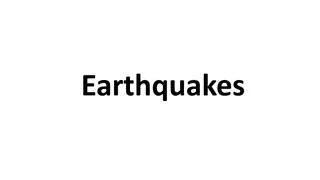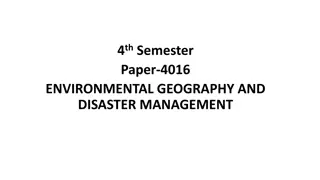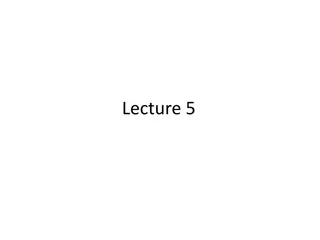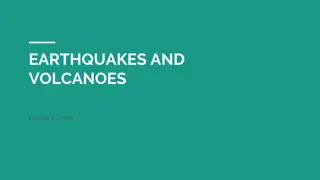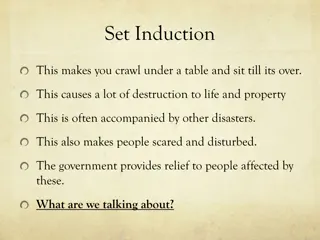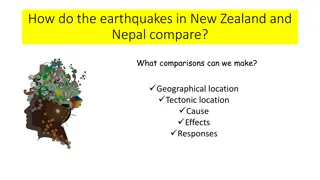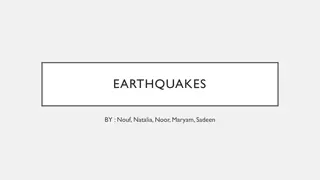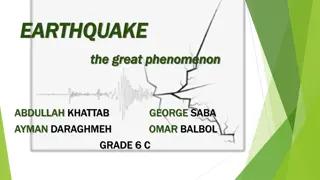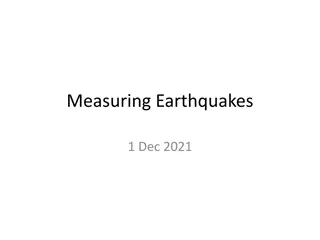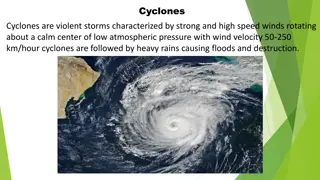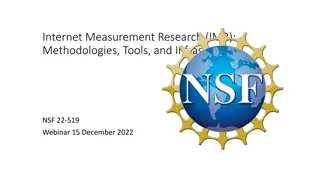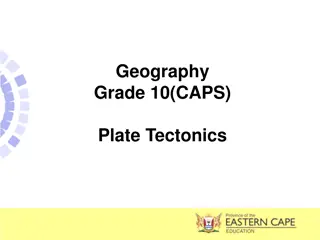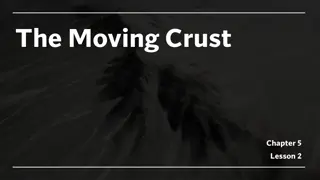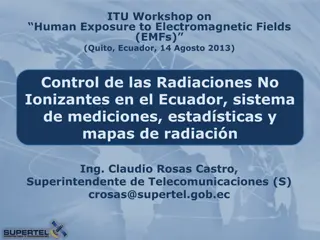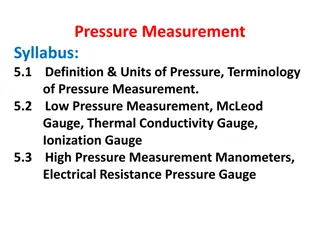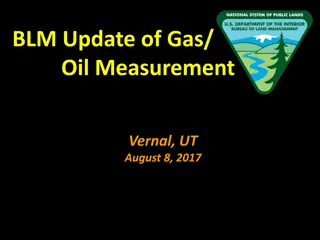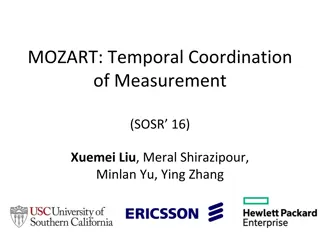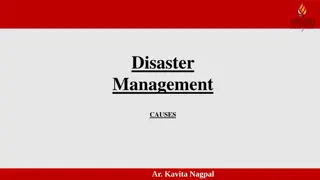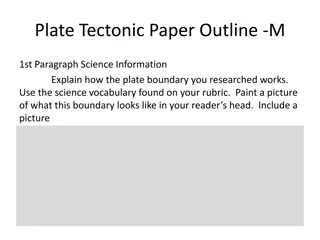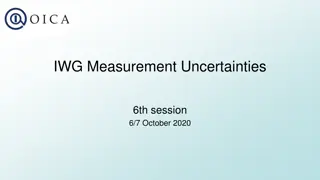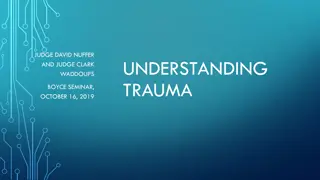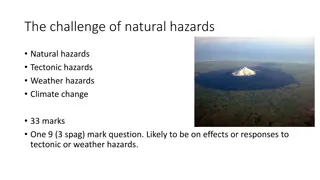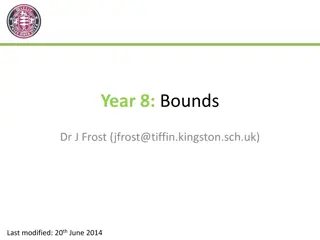Understanding Earthquakes: Causes, Effects, and Measurement
Earthquakes are natural hazards resulting from the movement of tectonic plates, causing stress release in the Earth's crust. They occur globally, with the West Coast being a hotspot. Learn about the formation, causes, parts, and seismic waves associated with earthquakes. Discover how scientists measure earthquakes using the Richter Scale to gauge their intensity.
Download Presentation

Please find below an Image/Link to download the presentation.
The content on the website is provided AS IS for your information and personal use only. It may not be sold, licensed, or shared on other websites without obtaining consent from the author. Download presentation by click this link. If you encounter any issues during the download, it is possible that the publisher has removed the file from their server.
E N D
Presentation Transcript
EARTHQUAKES Formation of the Earth
WHAT IS AN EARTHQUAKE An earthquake is a natural hazard caused by the sudden and rapid movement of a large volume of rock Earthquakes are a way for the earth to release stress More than a million earthquakes occur every year Earthquakes can happen all over the nation, but are most likely to occur along the West Coast Earthquakes usually last less than one minute Earthquakes cannot be predicted!
THE CAUSES OF AN EARTHQUAKE There are about 20 plates that are constantly moving along the surface of the earth As the plates move, they put forces on themselves and each other When enough force is added, the earth s crust snaps When the snap occurs, stress is released as energy which moves through the earth in the form of waves A fault is the area of stress in the earth where broken rocks slide past each other causing a crack in the earth s surface
PARTS OF AN EARTHQUAKE The epicenter is the point at the surface directly above the focus The focus is the location where the earthquake begins The hypocenter is the point within the earth where the earthquake rupture starts Seismic Waves are waves of energy that travel through the earth s layers as a result of an earthquake
SEISMIC WAVES Surface waves: travel along the earth s surface Body waves: travel through the interior of the earth Primary waves: compressed, longitudinal waves Secondary waves: transverse waves
HOW TO MEASURE AN EARTHQUAKE Scientists use the Richter Scale an earthquake an earthquake Each one-point increase on the scale indicates ten times the amount of shaking and 33 times the amount of energy The energy released by a large earthquake may be equal to 10,000 times the energy of the first atomic bomb. 4 Minor Earthquake 5 Moderate Earthquake 6 Strong Earthquake 7 Major Earthquake 8 Great Earthquake Richter Scale to measure the intensity of to measure the intensity of
EARTHQUAKE SAFETY DROP, COVER AND HOLD ON! During an earthquake it is important to stay indoors until the shaking stops Stay away from windows If you re outdoors, find a clear spot away from buildings, trees and power lines. Always drop to the ground. If you re in a car, slow down and drive to a safe place. Stay in the car until the shaking stops.


